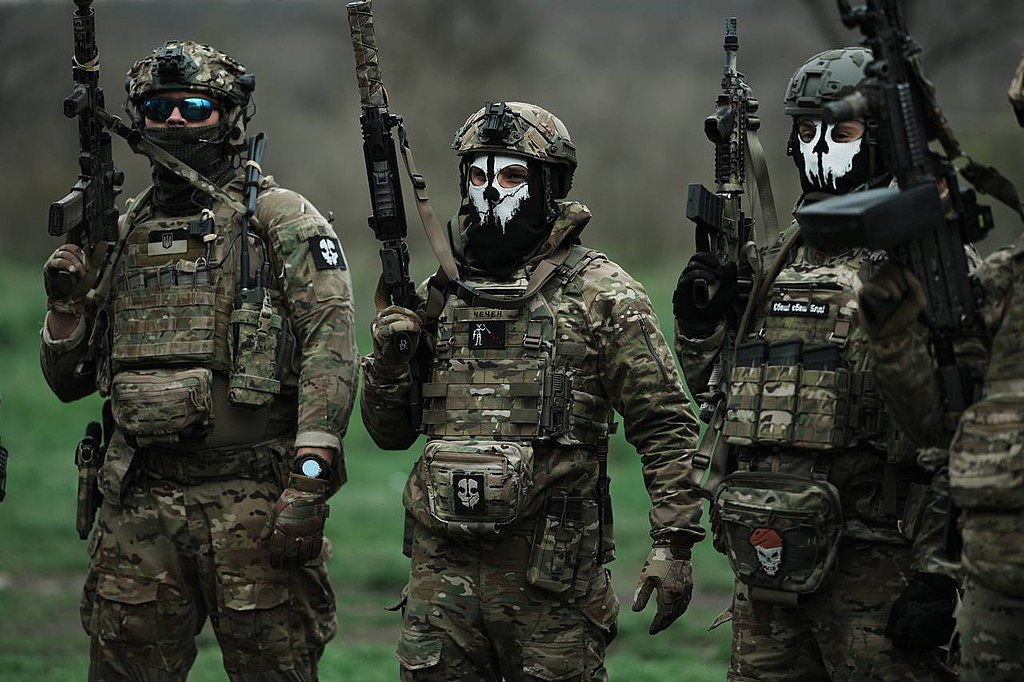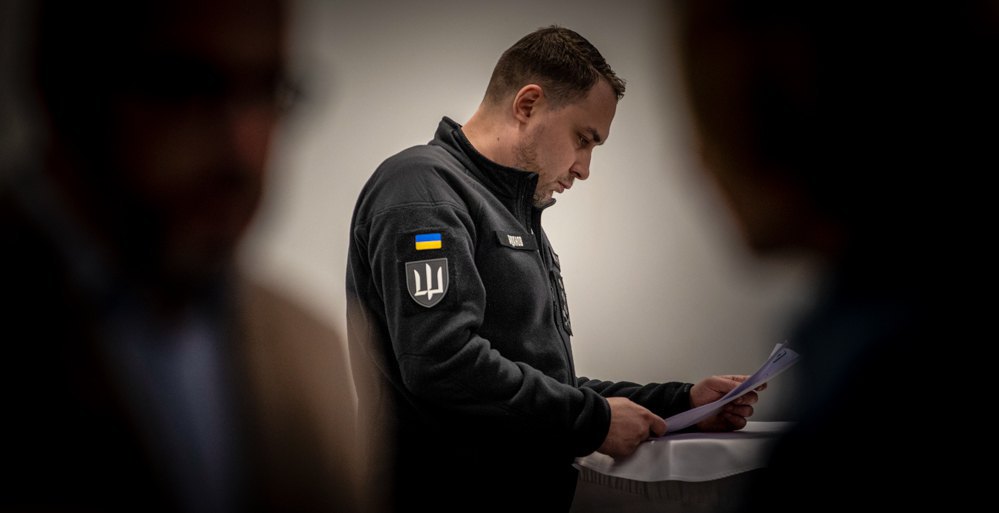
Budanov’s intelligence officers read the Russians like an open book
People often ask me how our intelligence service has changed over time. I usually answer half-jokingly: like an old, well-built car tuned up at a good private garage somewhere near the front lines in Kharkiv — our intelligence has become faster, craftier, tougher, more inventive, angrier and much smarter.
Our operatives used to operate largely in the shadows — now, it’s the shadows that fear them. Satellite imagery, long-range aerial drones, unmanned naval vessels like the Magura, artificial intelligence, and specialists who can read Russians like an open book.
The Ukrainian nation knows: the DIU is made up of real people who work tirelessly to ensure that Russia pays the price for every crime it commits. DIU is like the nervous system of our state — its eyes, its ears. It is both our trusted shield and a sharpened, lethal dagger.

Who would have thought that, without even having a proper navy of our own, we would force modern Russian warships behind protective booms in distant Novorossiysk? And yet that is exactly what happened. A new type of warfare — designed and tested by DIU experts — has helped Ukraine achieve strategically vital victories in the Black Sea.
Who could have imagined just three years ago that our UAVs would be striking and destroying enemy targets in Kazan, near Moscow, or even beyond the Arctic Circle in Murmansk? Today, such missions are just another day at work for General Budanov’s special forces.
Previously, only a few 'comrades' in Russia’s General Staff feared us. Now, the entire Kremlin hierarchy knows who we are — and treads carefully. DIU operations — on sea, in the air, on land and in cyberspace — are increasingly undermining the aggressor’s ability to continue its genocidal war against Ukraine.
There will be no safe haven for Russians. Our intelligence officers from 'The Island' will make sure of that. He who sows the wind on his neighbour’s soil will surely reap a fiery storm in his own home. Retribution for Russia’s crimes is inevitable.
A national reflex: to see, to hear, to analyse, to strike with precision
Intelligence is a national reflex — to observe, to listen, to analyse and to hit the target with absolute precision. Few operations embody this better than those conducted by DIU in the Black Sea — actions that forced the much-vaunted Russian Black Sea Fleet behind the line of boom barriers in remote Novorossiysk, on the Caucasian coast.
Ukraine’s intelligence service has proven that the Black Sea is deadly for Muscovites, even though in early 2022, at the outset of Russia’s full-scale invasion, they were convinced it was their own 'inland lake' or 'pond'. They seized Zmiyinyy (Snake) Island, plotted landings in Odesa and Mykolayiv, and destroyed every maritime logistics route and corridor for Ukrainian and foreign vessels heading to Europe.
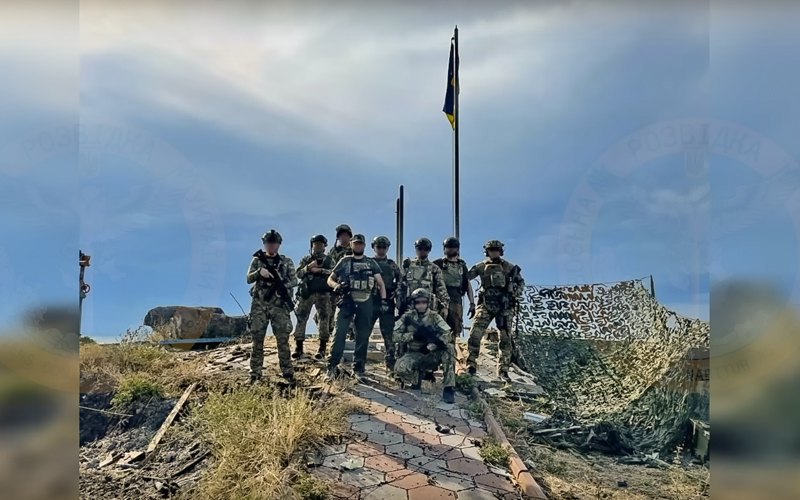
But DIU operatives, alongside other Ukrainian defence and security forces, began to break Russia’s plans, ships, equipment — and morale.
The Caesar Kunikov landing ship, the Ivanovets missile corvette, the Ivan Khurs reconnaissance vessel, the Sergey Kotov and Vasili Bykov patrol corvettes — this is just a partial list of the Black Sea war trophies secured by DIU fighters.
The main weapons in this new naval warfare have been the unmanned Magura V5 craft, followed by upgraded platforms: the versatile Magura W6P and missile-equipped Magura V7.
Thanks to these drones, our troops can now destroy not only surface ships, but also aerial targets — including Mi-8 helicopters and Su-30 ‘generation 4+’ multi-role fighter jets. Kyrylo Budanov has called these moments of war ‘historic’.
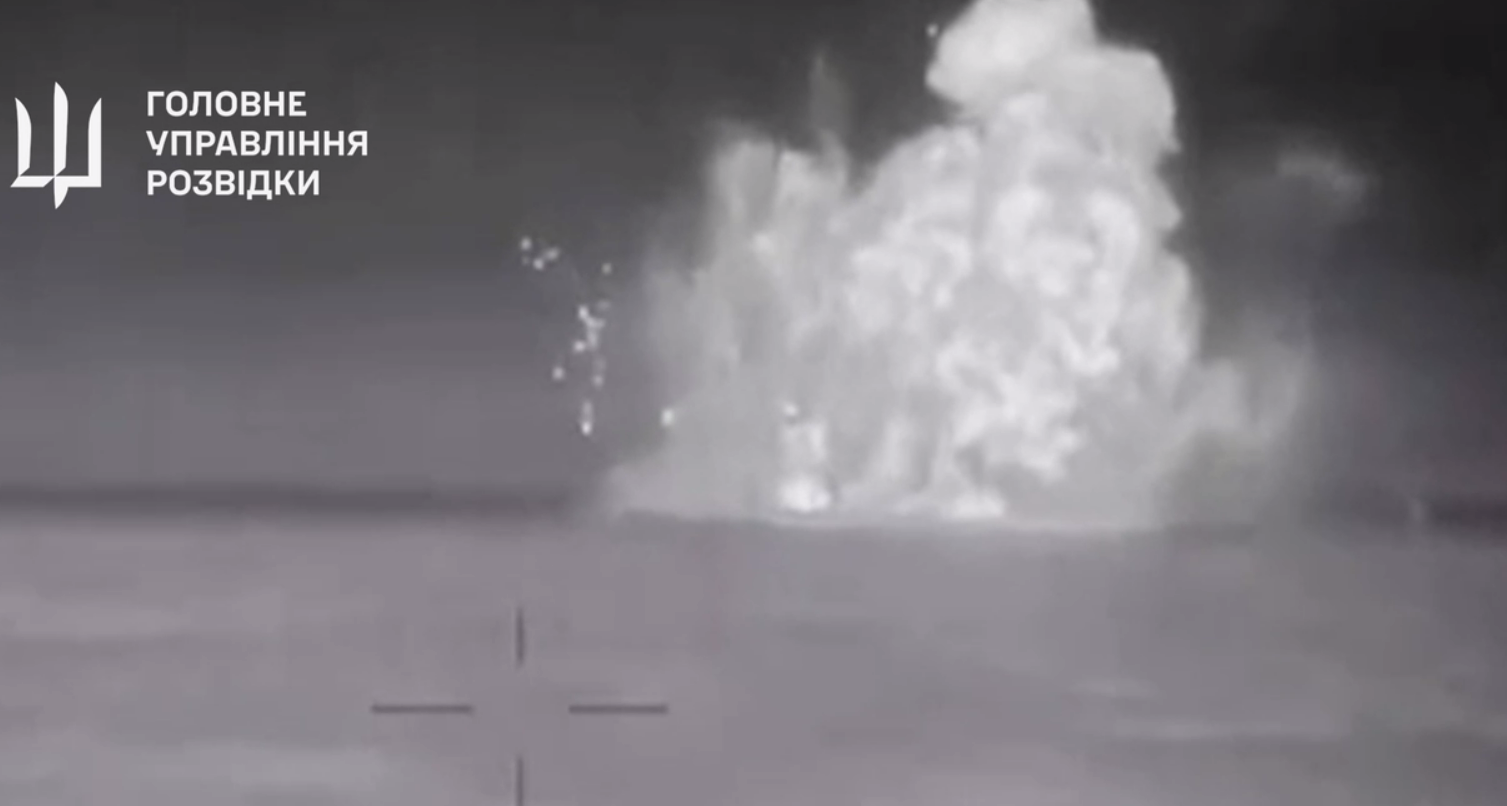
Our sea drones have become the new stars in these waters. No bluster — just a clear mission: locate, approach, strike, destroy.
The liberation of Snake Island is another direct achievement of Budanov’s men — a hard-fought but strategically vital victory for Ukraine, secured by DIU and other units from the state’s security and defence sector.
DIU’s special forces also became ‘gas extraction specialists’ by reclaiming the offshore drilling platforms we know as the Boyko Towers. Meanwhile, the port of Sevastopol now looks more like a drone-testing range than the former main base of the Russian fleet.
DIU’s regular special operations in occupied Crimea have taught Russian forces in Sevastopol to wake not to their alarms — but to explosions. We have operated — and continue to operate — on the sea, in the air, and even underwater.
The conclusion is simple: the Black Sea belongs to Ukraine.
Don’t wait for the enemy to break down your door
Kyrylo Budanov was the first of Ukraine’s top military leaders to state, back in early 2022, that taking the war to Russian territory was essential. Without this, he said, we could not win a long, systemic conflict. To end this war, we must ensure Russians fall asleep and wake to the sounds of explosions and artillery — not only in Sevastopol, but in Moscow, St Petersburg, Yekaterinburg or Nizhni Novgorod.

Long before it became a trend, a simple yet critically important idea had taken root within our intelligence: if Russia is breaking into your home, don’t just sit and wait for it to smash down the door.
This gave rise to a new approach — targeted, forceful, and calculated strikes against the spots where it hurts Russia the most, precisely where they least expect it, thinking everything is ‘under control’.
The blasts in Crimea are the work of DIU’s special forces — skilled at reminding the occupiers and their lackeys that the peninsula was and remains Ukrainian. Drones over Moscow, at oil depots in Tatarstan, or striking airfields near Saratov — these are not ‘technical issues’, but the deliberate implementation of General Budanov’s doctrine. If Russia thinks it can wage war with impunity, we are here to remind it that consequences exist — and they are deadly.
DIU’s operations behind Russia's Army lines — sabotage, rail disruption, the destruction of key logistics and military infrastructure — are all part of this strategy.
Another key episode: the raids carried out by the Russian Volunteer Corps, the Freedom of Russia Legion and the Siberian Battalion. In the summer of 2023, they entered Russia’s Belgorod Region for the first time and proved that Putin’s so-called ‘red lines’ are nothing but fiction.
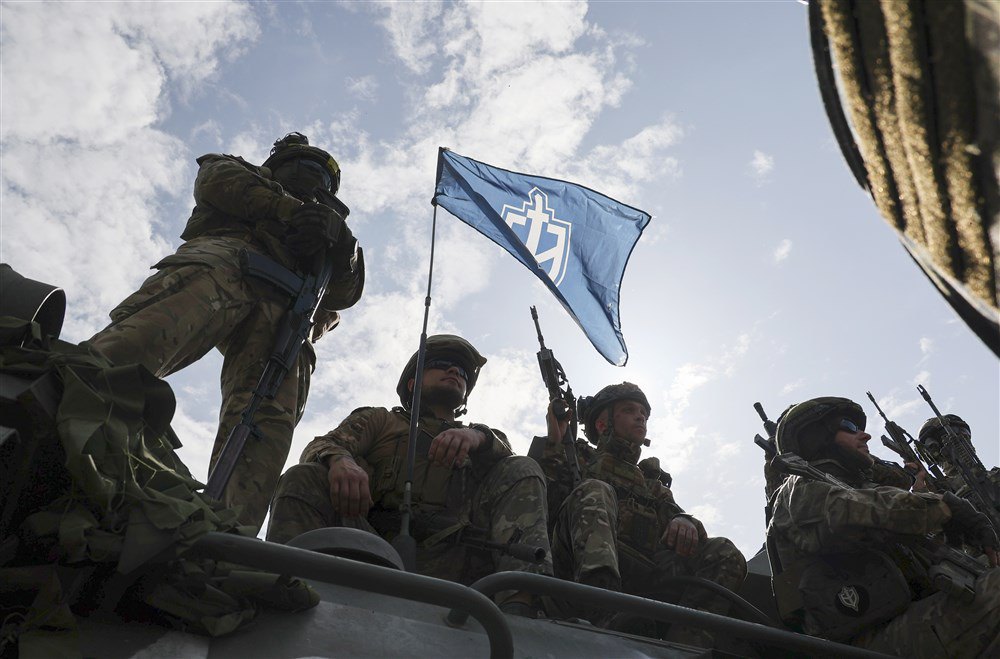
DIU is not simply fighting — it is rewriting the rules of warfare. And when people ask whether Budanov’s 2022 idea of shifting the war to Russian soil has worked, I simply point to how Muscovites react when their airfields, railways, radar stations or ammunition depots blow up — they grimace in pain, despair and helplessness.
The transformation of DIU — a technological‑intellectual story of the 21st Century
Over recent years, the transformation of the Defence Intelligence of Ukraine (DIU) has emerged as a genuine technological‑intellectual story of the 21st century. This isn’t solely an intelligence service tucked away in an ambush or bunker, eavesdropping on enemy broadcasts—although it certainly still does that.
Yet DIU now includes Active Action Units capable of executing the most complex combat missions anywhere—not just on the Russo‑Ukrainian front, but across the globe. In other words: we gathered intelligence, we struck, we vanished. And everyone was satisfied—except enemy. This marks a wholly new level of Ukrainian intelligence: mind + technology + resolve. The fighters of DIU’s Active Action Units—Kraken, Artan, Timur, Shaman, and Group 13—have already become legends in our war for independence.
Tech pride among our intelligence officers centres on the Ukrainian unmanned vehicles piloted by Group 13. They have real cause for pride. The combat sea drone Magura V5 became a legend of the Black Sea war.
Only recently, in Kyiv, the new versions were unveiled—Magura V7 and Magura W6P. The Magura V7 has already proved its worth in combat: in January and May 2025 it shot down two Russian Mi‑8 helicopters and two multi‑role Su‑30 fighter jets in the Black Sea theatre. These ‘Mi's’ and ‘Su's’ came to destroy our Magura—but ended up themselves destroyed, as the proverb goes, ‘they went for the wool and came back shorn’. For the first time in the history of modern warfare, piloted aircraft were destroyed from the surface of the water by an unmanned craft whose operator was physically hundreds of kilometres away.
DIU’s forces also operate an entire ecosystem of other unmanned aerial systems—long‑range drones, FPV kamikaze drones, reconnaissance and relay drones, ground unmanned platforms. All of it is home‑grown, developed and improved in real time. We don’t just use technology—we design it, build it, and manufacture it at scale. Leading militaries around the world are already taking interest in our systems.
Russia attempts to demoralise Ukrainians with fake news and disinformation
Some of our zealous critics occasionally accuse Ukraine’s newly evolved intelligence of excessive publicity and openness. Yet this aspect of Kyrylo Budanov’s approach has proven effective.
Public intelligence? Indeed! DIU once was associated with silence and shadow. Now, within the ‘Island’ structure, there is a dedicated Strategic Communications Directorate. Yes, intelligence has become more public—but this is not self-promotion. Rather, it’s a demonstration of part of DIU’s critically important work for national security. It strengthens and reassures Ukrainian society—and has a counter‑effect on Russia.
DIU plays an active role in the information war with Russia. In this domain, efforts are needed not only to neutralise Russian information operations, but also to conduct our own information campaigns with strategic and effective narratives.
In today’s fast-paced, technology-driven world, flooded with impersonal, unverified, and fabricated information — much of it spread by Russian military agitprop — the battle for people’s minds is of critical importance.

Russia officially spends over $1 billion per year on spreading its falsehoods globally through state media, with hundreds of millions more channelled unofficially via Telegram, TikTok, YouTube, and Facebook. Through these platforms, Russia aims to shift public opinion even in stable democratic states—even influencing election outcomes. Identifying such Russian information operations, neutralising them, and countering with strategic messaging are among the key tasks of modern Ukrainian intelligence — carried out in close cooperation with our Western partners. The work of Island's experts in this field has been relentless and effective.
The abbreviation DIU has become a global symbol of courage, professionalism and determination. It is recognised by leading analytical centres in the US, UK, Europe, and Asia. Representatives of Ukrainian intelligence frequently speak at international forums, and interviews with DIU leadership are regularly quoted by global media. Ukrainian intelligence’s openness has become a model for colleagues abroad.
DIU in Africa, Syria, Afghanistan—playing chess on a powder keg
Ukraine’s intelligence mission is not confined to Moscow, St Petersburg, Königsberg or Kazan. It extends to Kabul, Damascus, Bamako, Khartoum and many other high‑hotspot regions—not holiday destinations, but strategically significant for Ukraine.
DIU specialists were active in Kabul long before Russia’s large-scale invasion. They gathered intelligence, extracted people, supported partners. The operation was both tense and silent—typical of true intelligence work.
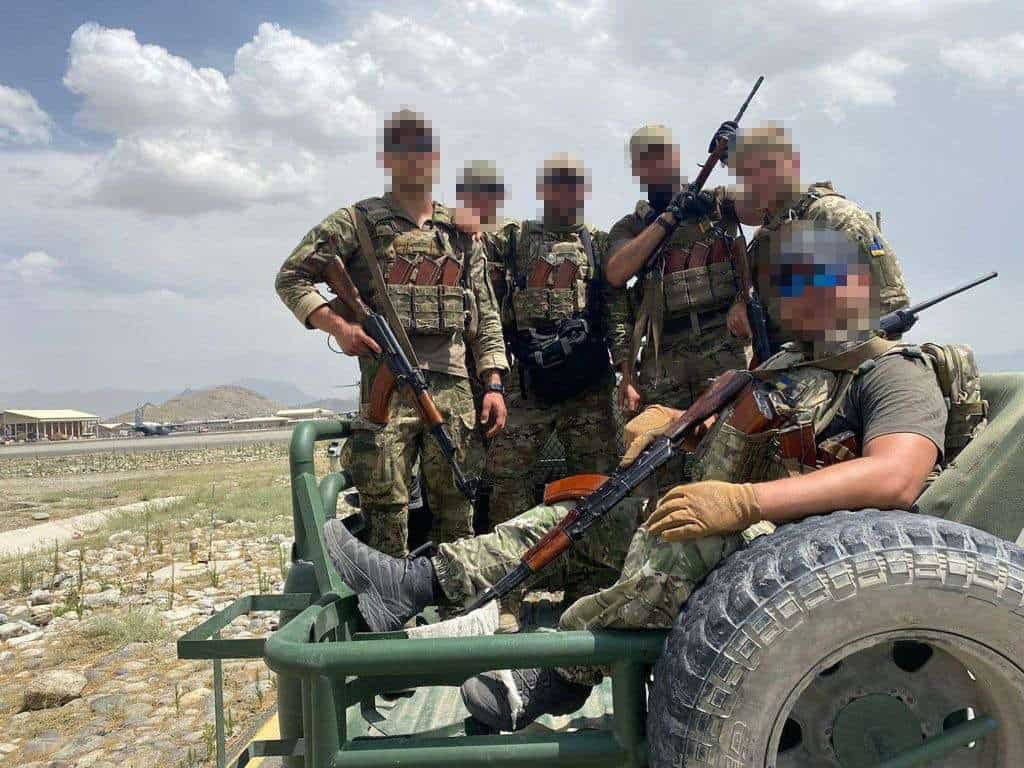
In September 2021, Ukraine became one of the few countries to send its own mission into Taliban-controlled Afghanistan to evacuate civilians. What was meant to be a brief operation lasting a few hours stretched into several days and teetered on the brink of failure more than once. The Taliban demanded official negotiations, while chaos, gunfire, kidnappings, and beatings reigned on the ground. Ukrainian intelligence officers evacuated 96 people — both Ukrainians and Afghans — who were in extreme danger, some facing the threat of imminent death. Among those rescued were a group of students from a Vatican-sponsored university and a three-year-old boy wounded in a terrorist attack at Kabul airport just a month earlier. The DIU special forces operation concluded without a single casualty.
Syria presents a different story—like playing chess on a powder keg. There, our intelligence demonstrated both deep strategic insight and tactical agility. Sometimes our presence is invisible eyes, enabling us to monitor Russia’s actions thousands of kilometres from Ukraine’s borders. DIU’s operations in Syria also managed to evacuate 34 people.
Certain Syrian media outlets claimed at the end of 2024 that Ukrainian intelligence provided drones and pilot training to Syrian rebels trying to overthrow long-standing dictator Bashar al-Assad (a close ally of Putin). We cannot confirm or deny this. Only one open fact remains: Assad fled to Moscow.
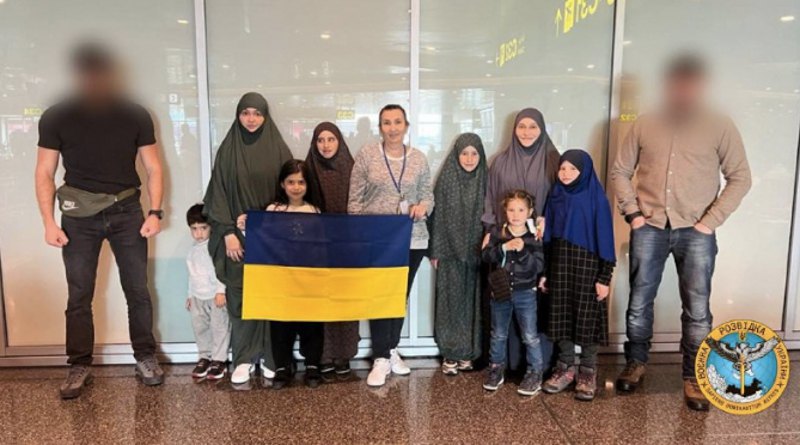
Africa may be distant, but it’s critical. In some countries Ukraine helps partners document Russian activity; in others it works directly with local authorities to decisively stop it. The goal is uniform: to know more than enemy knows—and to act when enemy least expects it.
No official reports are issued on this part of the DIU’s work — for obvious reasons — but occasionally, echoes of their actions make their way into international media.
One way or another, as Kyrylo Budanov has said, Ukrainian intelligence officers will hunt down Russian war criminals wherever they may be in the world.
Ukrainian special forces operate wherever a threat to Ukraine emerges. These intelligence officers are not bound to offices — more often, their ‘desk’ is the night, dust, heat, and silence, accompanied by a clear inner conviction: ‘We are here because Ukraine must be safe.’
Freeing Ukrainians from captivity and documenting EVERY Russian crime
Since the very beginning of Russia’s full-scale invasion, the Defence Intelligence of Ukraine (DIU) has been organising prisoner exchanges and working to free all captives held by Moscow. A dedicated Coordination Headquarters for the Treatment of Prisoners of War was set up to manage this complex and painstaking process. It has offices in all major Ukrainian cities. There is an electronic register of our prisoners of war and missing persons, as well as an online personal profile for every soldier being searched for by their relatives or friends. Released fighters are provided with rehabilitation, social support, and assistance for their families.
The main task of the Coordination Headquarters is to return all Ukrainian citizens captured by Russia and to support their families. Since the start of the full-scale invasion, 5,857 Ukrainians — both military personnel and civilians — have been brought home.
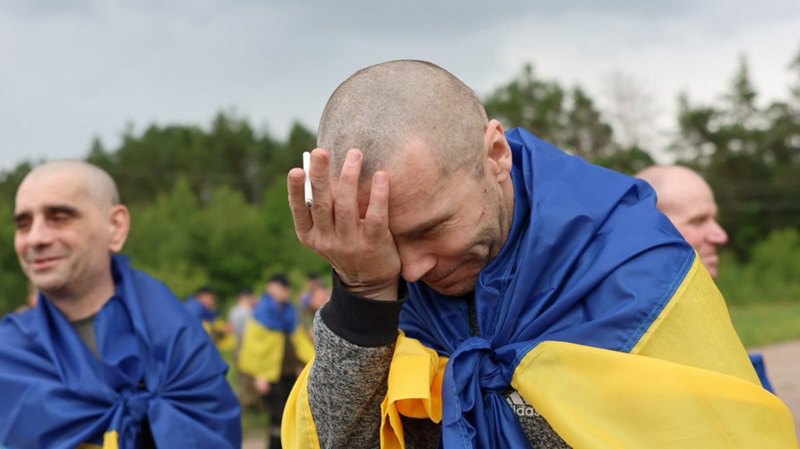
Each such exchange, each return to freedom, is a major shared victory for the Coordination HQ team and for all of Ukraine. Every operation involves a complex set of actions: negotiations, coordination, logistics, delicate diplomacy — and, of course, human emotion. We are bringing home not only soldiers, but also civilians, volunteers, medics — everyone who ended up in Russian hands.
Another key effort is the return of the bodies of fallen heroes. This is a painful but extremely important mission. Our fallen men and women deserve to be buried with honour, and their families deserve the chance to say goodbye with dignity. I know that the Headquarters actively cooperates with humanitarian organisations, the International Committee of the Red Cross, and other international mechanisms.
When they steal your history — they aim to erase your identity
Another front of DIU’s work is documenting war crimes committed by the Russian Federation. DIU analysts, cyber experts and field teams collect evidence: videos, photos, testimonies, intercepted communications. This work matters not only for the record of history, but also for a future tribunal. Every so-called ‘liberator’ must understand: we know their names, surnames and addresses — justice, accountability and retribution are inevitable.
One of the projects DIU is particularly proud of on ‘the Island’ is the War & Sanctions portal. This is an open database of Russian politicians, propagandists, businessmen, military personnel, arms manufacturers, and foreign nationals helping Russia circumvent international sanctions — in short, everyone directly involved in the aggression against Ukraine and the killing of Ukrainian citizens. The database contains everything from photos and biographies of war criminals to documented evidence of their direct involvement in Russia’s genocidal war against the Ukrainian people. The English-language version of the War & Sanctions portal also serves as a tool for international partners — this kind of database is extremely helpful for imposing sanctions, launching legal proceedings, and freezing assets.

This is also intelligence work — modern, digital, operating not only in the field but also on screens, in databases and registries, in international sanctions lists, and helping to identify war criminals.
The scale of Ukrainian property stolen by Russians during the war is staggering. Particularly important are the looted cultural assets: ancient paintings, Scythian gold, icons, museum exhibits, even archives. This is not chaotic looting, but a coordinated effort — a full-fledged ‘cultural special operation’ by the aggressor state. And it is directed by Kremlin officials — people like Medinsky and Patrushev.
To document these crimes and enable the return of what has been stolen in future, the War & Sanctions portal features a dedicated section. It lists museums from which exhibits were taken, unique artefacts that ‘disappeared’ after the arrival of Russian troops. Everything is recorded — names, photographs, locations, dates of theft.
The portal also names specific Russian ‘curators’, ‘historians’, military personnel and officials who organised or covered up these crimes. They will not hide — not even if they try to stash a stolen icon at their dacha near Ryazan.
In total, 1,106 objects of historical heritage are listed as stolen. The section also includes data on 269 individuals — Russians directly involved in these crimes — and 51 legal entities to which the occupiers ‘re-registered’ the stolen Ukrainian property of special cultural and historical value. This is evidence for the world. We are showing that Russia is systematically stealing cultural heritage from the occupied territories — not merely as trophies, but as a tool of genocide. Because when they take your history — they aim to erase your identity.
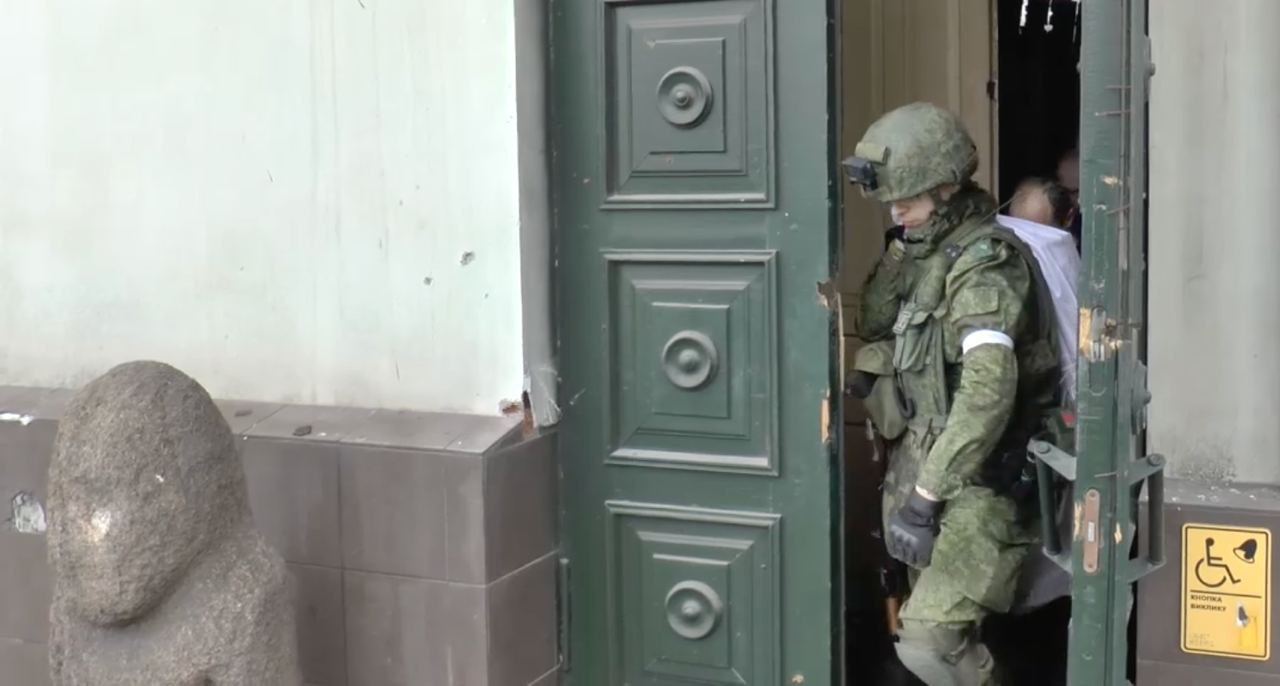
And most importantly — this section is not just an archive; it’s a weapon. Ukraine is already sharing this data with international bodies, investigators and museum associations — to return what was stolen and hold every perpetrator to account.
Whenever someone says that culture is ‘not a priority’, show them this section. Because our paintings, our artefacts, our heritage — they are also part of this war. And it is a war we must win not only on the battlefield, but also in the archives, the museums, and the data registries.
The loudest is yet to come!
Still think intelligence is just a spy with a newspaper under his arm, like in a 007 film? Think again. Today, a Ukrainian intelligence officer may be a cyber specialist, drone operator, IT expert, analyst, media professional or special forces fighter.
So when you hear ‘intelligence’, don’t picture just sniper rifles, thermal imagers or naval drones. Intelligence officers are freeing Ukrainians from captivity, collecting evidence of Russian crimes, and working with data so that every Russian war criminal knows — the world sees and records everything.
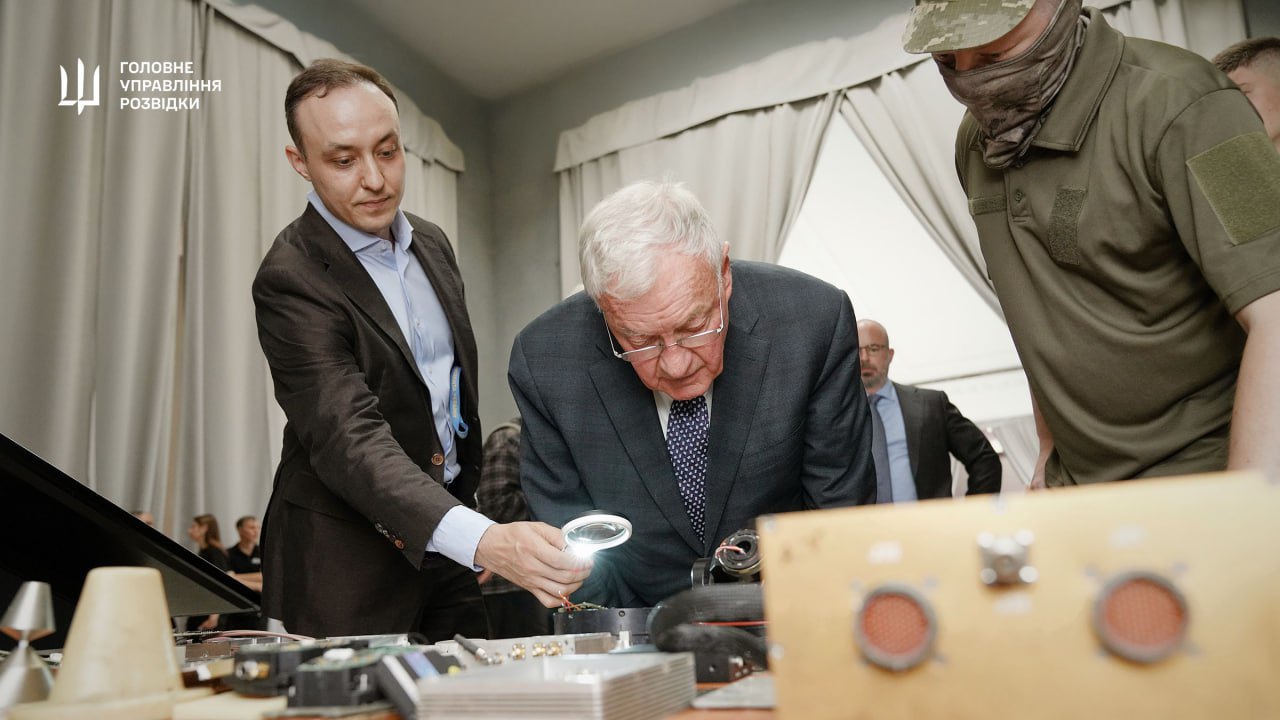
The DIU today is strength, intellect, and a symbol of modern warfare. And, of course, it’s not only weaponry that defines our intelligence — it’s our values: Freedom, Initiative, Determination, and the Ability to act where others hesitate or stall. In short — DIU doesn’t just follow the trends of this war. It creates them and spreads them with striking effectiveness.
And as Kyrylo Budanov likes to say — the loudest is yet to come!
